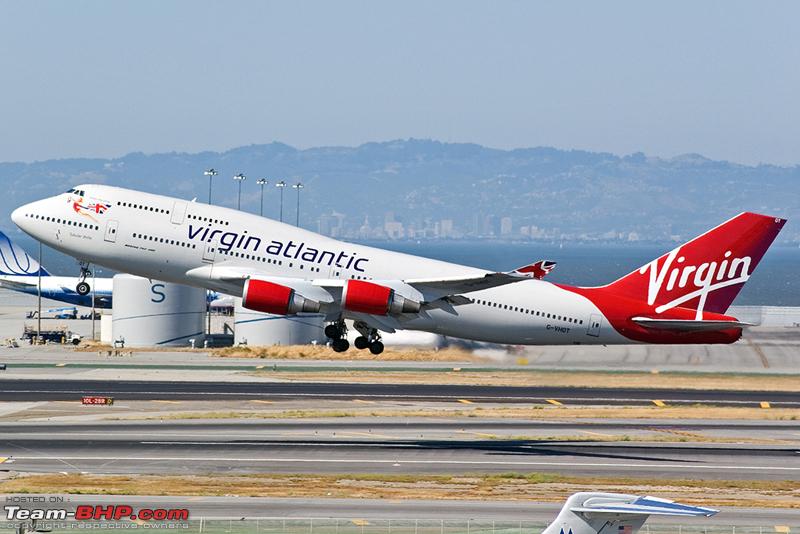| | #1 |
| Team-BHP Support  | |
| |  (14)
Thanks (14)
Thanks
|
| |
| | #2 |
| BHPian Join Date: May 2010 Location: Noida
Posts: 155
Thanked: 68 Times
| |
| |  (2)
Thanks (2)
Thanks
|
| | #3 |
| Senior - BHPian Join Date: Dec 2008 Location: 144022
Posts: 1,240
Thanked: 3,159 Times
| |
| |  (3)
Thanks (3)
Thanks
|
| | #4 |
| BANNED Join Date: Apr 2011 Location: Hyderabad
Posts: 911
Thanked: 1,544 Times
| |
| |  (13)
Thanks (13)
Thanks
|
| | #5 |
| BHPian Join Date: Oct 2014 Location: NCR/Turin
Posts: 644
Thanked: 1,539 Times
| |
| |  (1)
Thanks (1)
Thanks
|
| | #6 |
| Team-BHP Support  | |
| |  (4)
Thanks (4)
Thanks
|
| | #7 |
| Senior - BHPian | |
| |  (4)
Thanks (4)
Thanks
|
| | #8 |
| BHPian Join Date: May 2008 Location: Bay Area, CA
Posts: 75
Thanked: 157 Times
| |
| |  (31)
Thanks (31)
Thanks
|
| | #9 |
| Team-BHP Support  | |
| |  (4)
Thanks (4)
Thanks
|
| | #10 |
| Team-BHP Support  Join Date: Dec 2006 Location: Mumbai
Posts: 10,271
Thanked: 12,333 Times
| |
| |  (3)
Thanks (3)
Thanks
|
| | #11 |
| Distinguished - BHPian  Join Date: Aug 2014 Location: Delhi-NCR
Posts: 4,082
Thanked: 64,674 Times
| |
| |  (27)
Thanks (27)
Thanks
|
| |
| | #12 |
| Team-BHP Support  | |
| |  (3)
Thanks (3)
Thanks
|
| | #13 |
| BHPian Join Date: May 2008 Location: Bay Area, CA
Posts: 75
Thanked: 157 Times
| |
| |  (10)
Thanks (10)
Thanks
|
| | #14 |
| BHPian Join Date: Nov 2008 Location: Pune
Posts: 809
Thanked: 1,177 Times
| |
| |  (3)
Thanks (3)
Thanks
|
| | #15 |
| Distinguished - BHPian  Join Date: Aug 2014 Location: Delhi-NCR
Posts: 4,082
Thanked: 64,674 Times
| |
| |  (34)
Thanks (34)
Thanks
|
 |
Most Viewed







 )
)